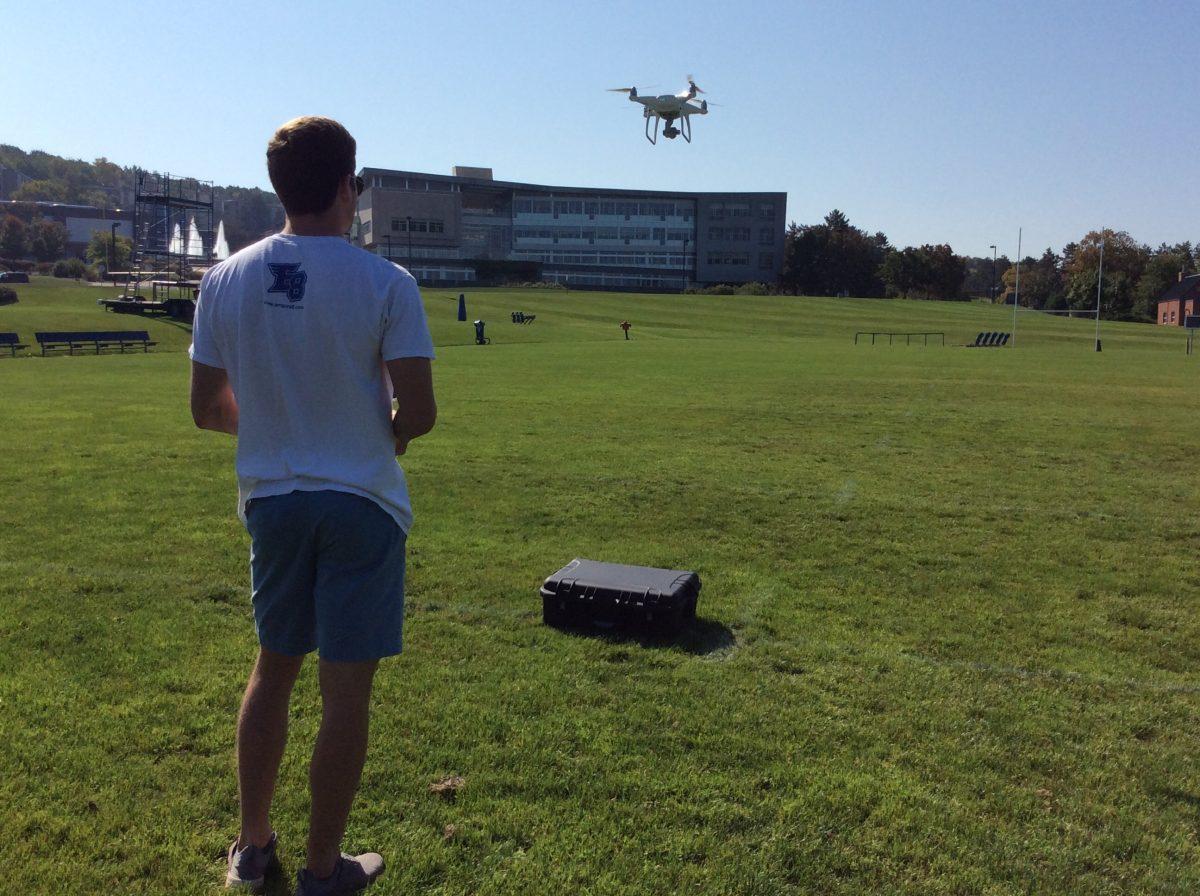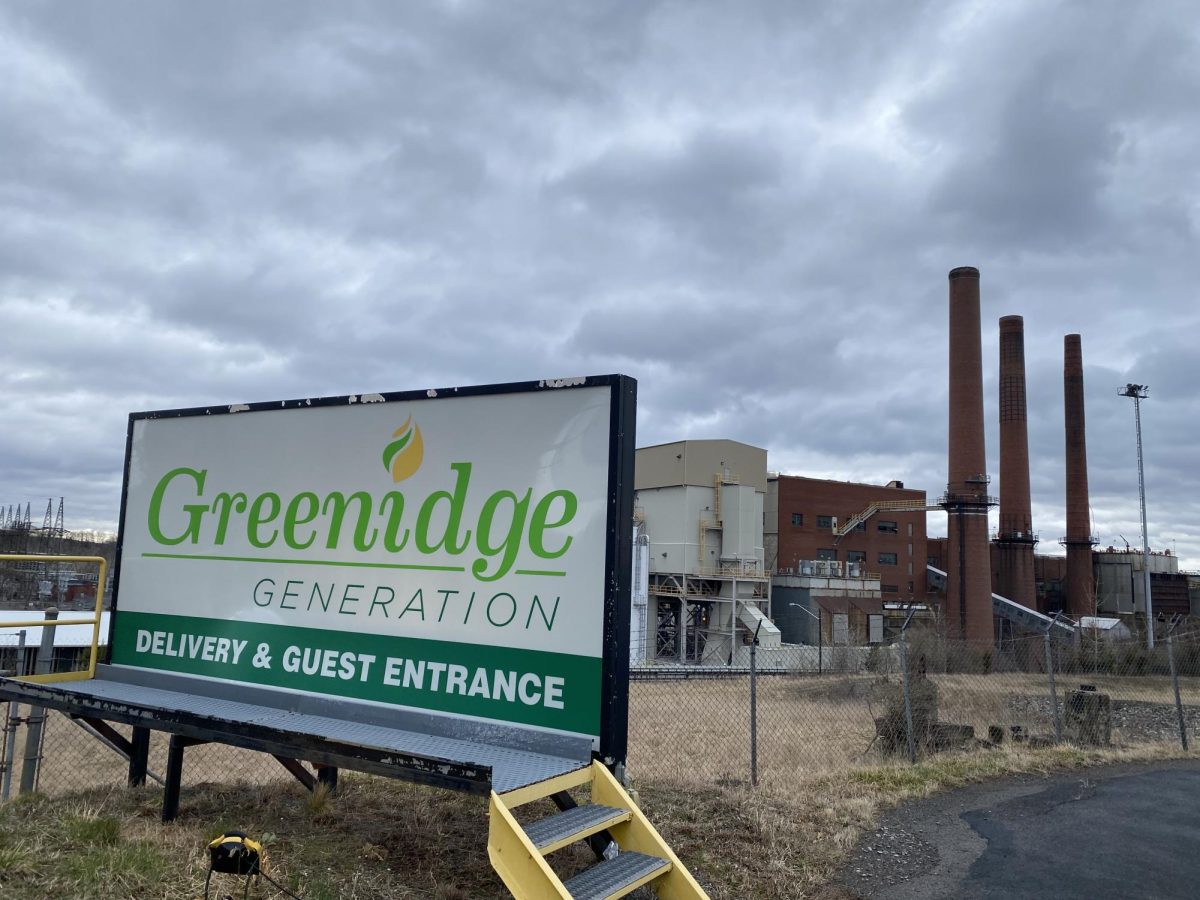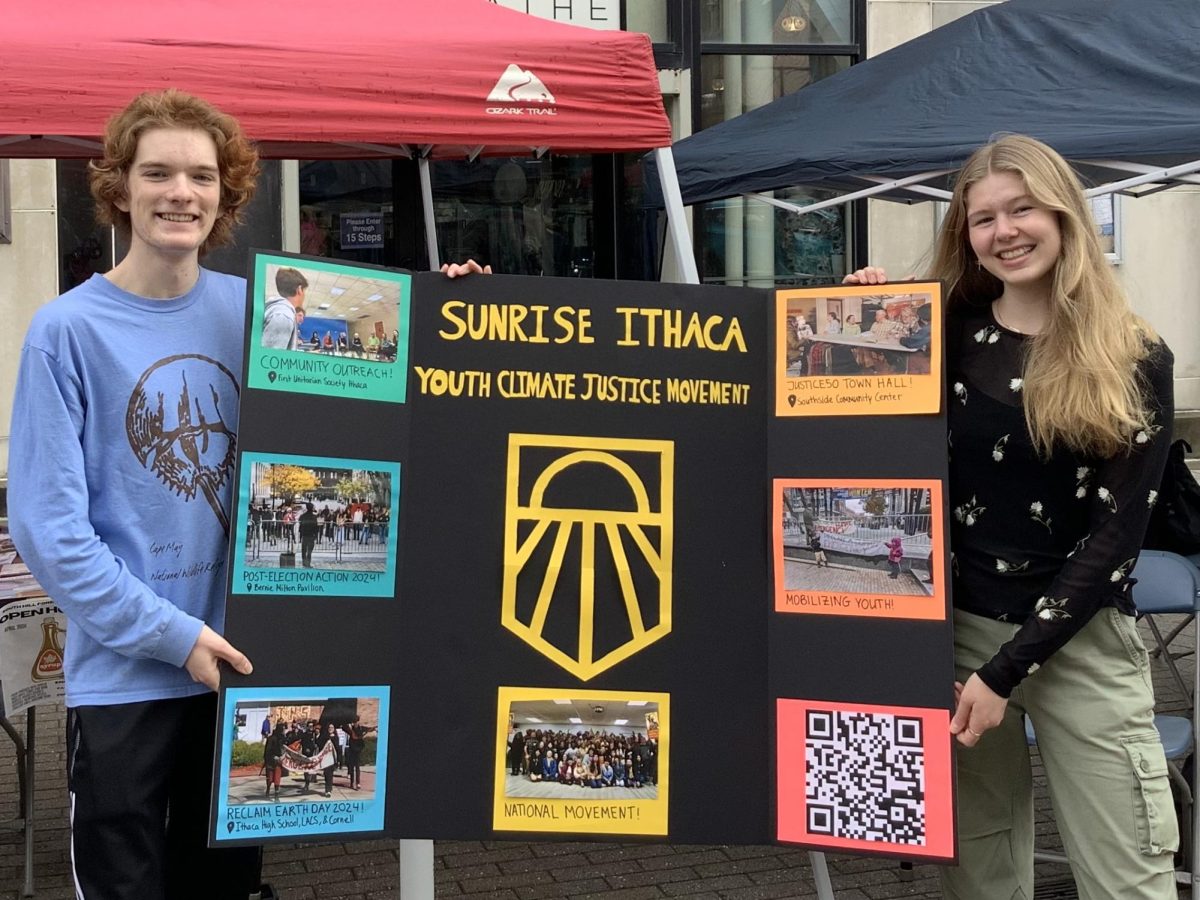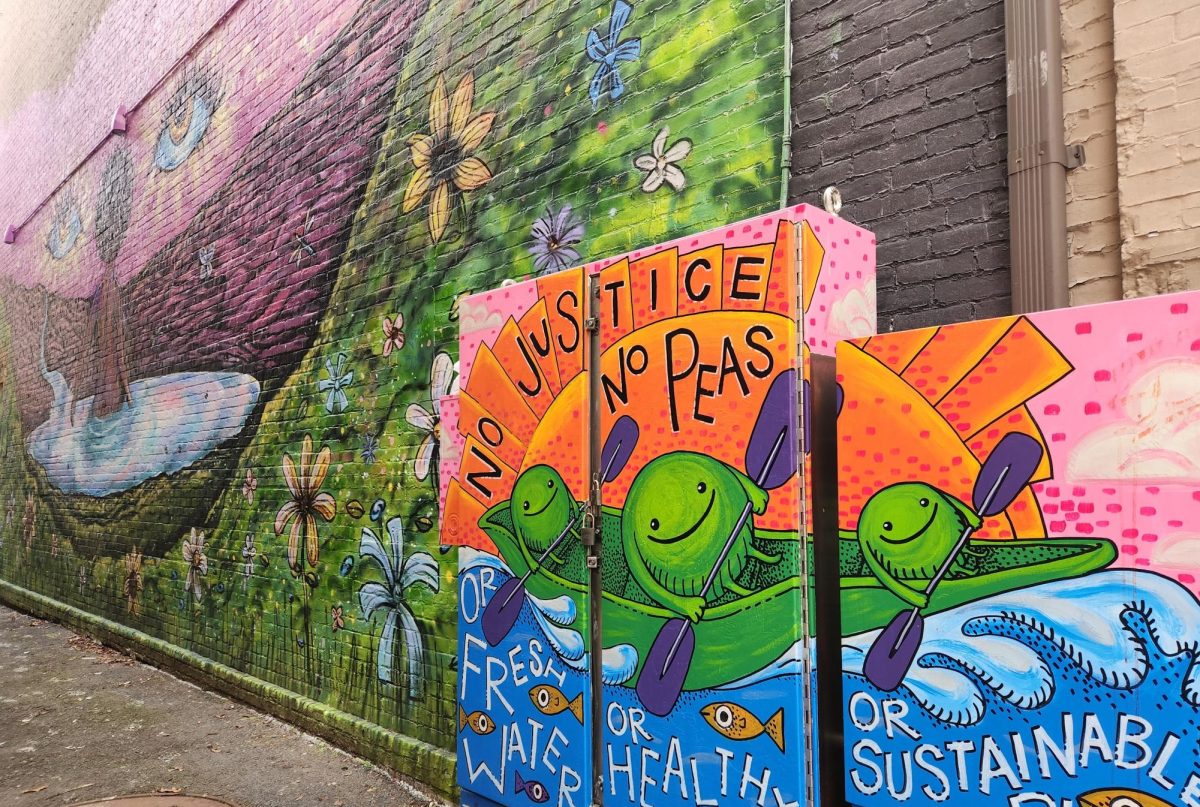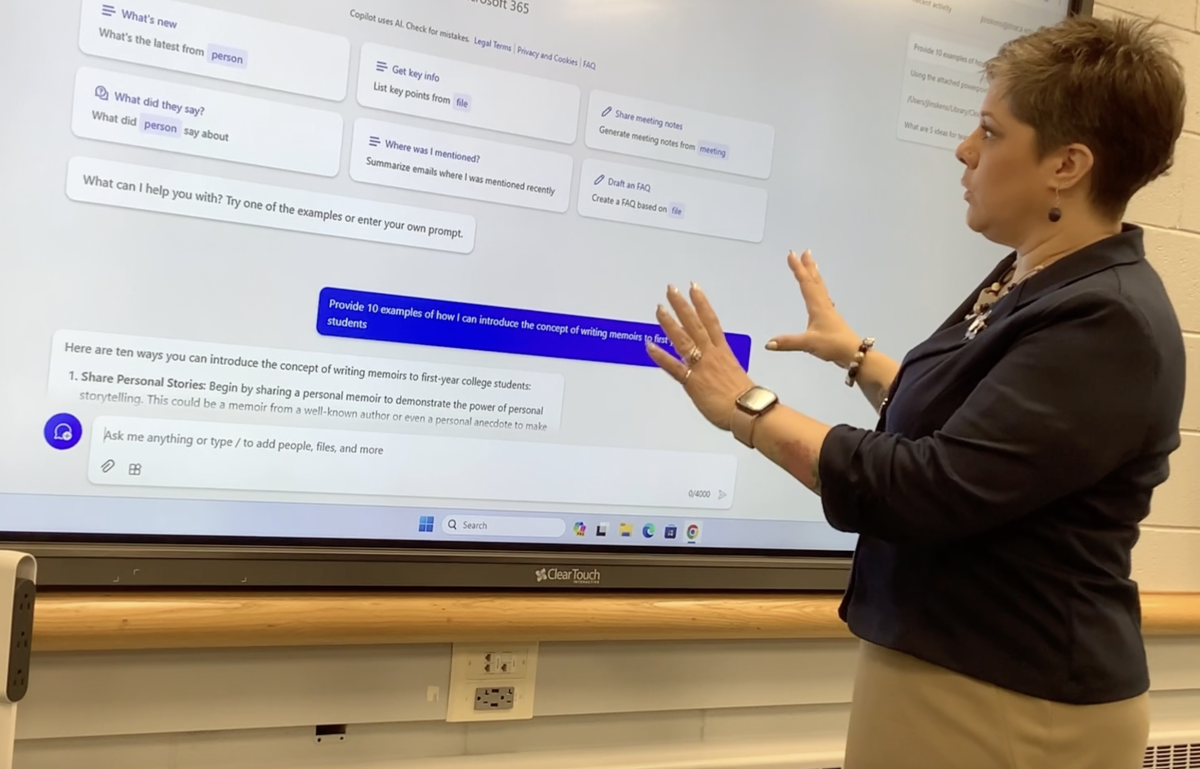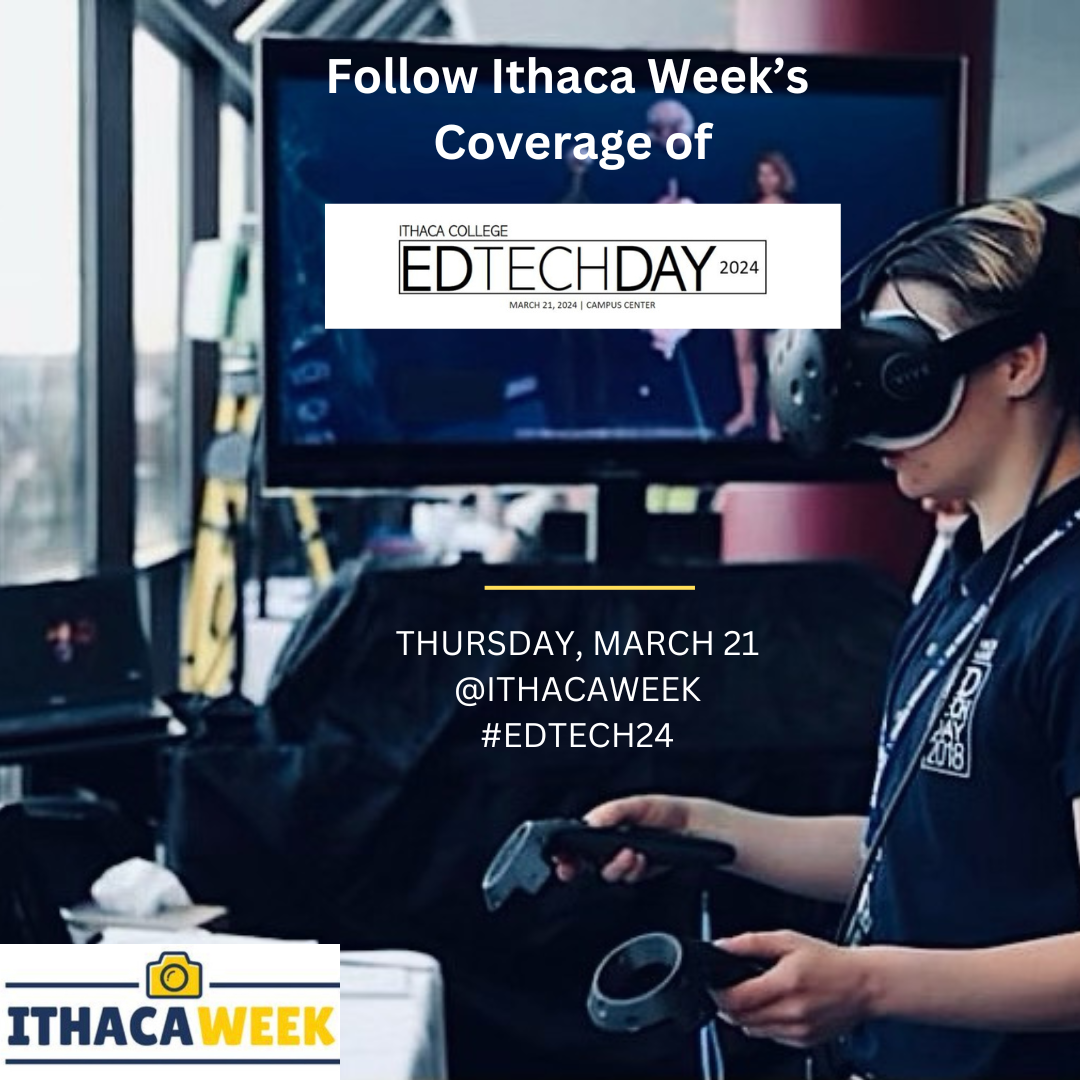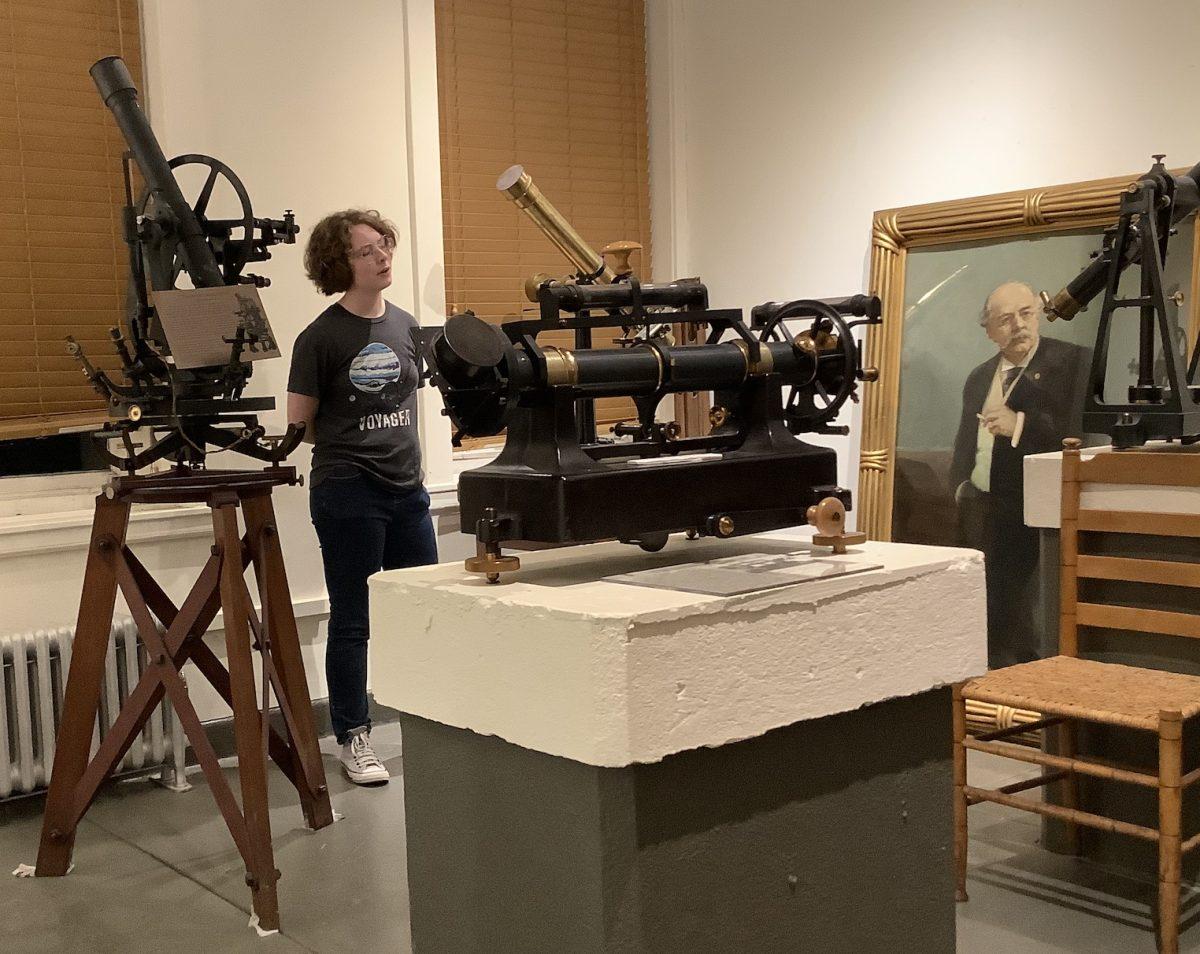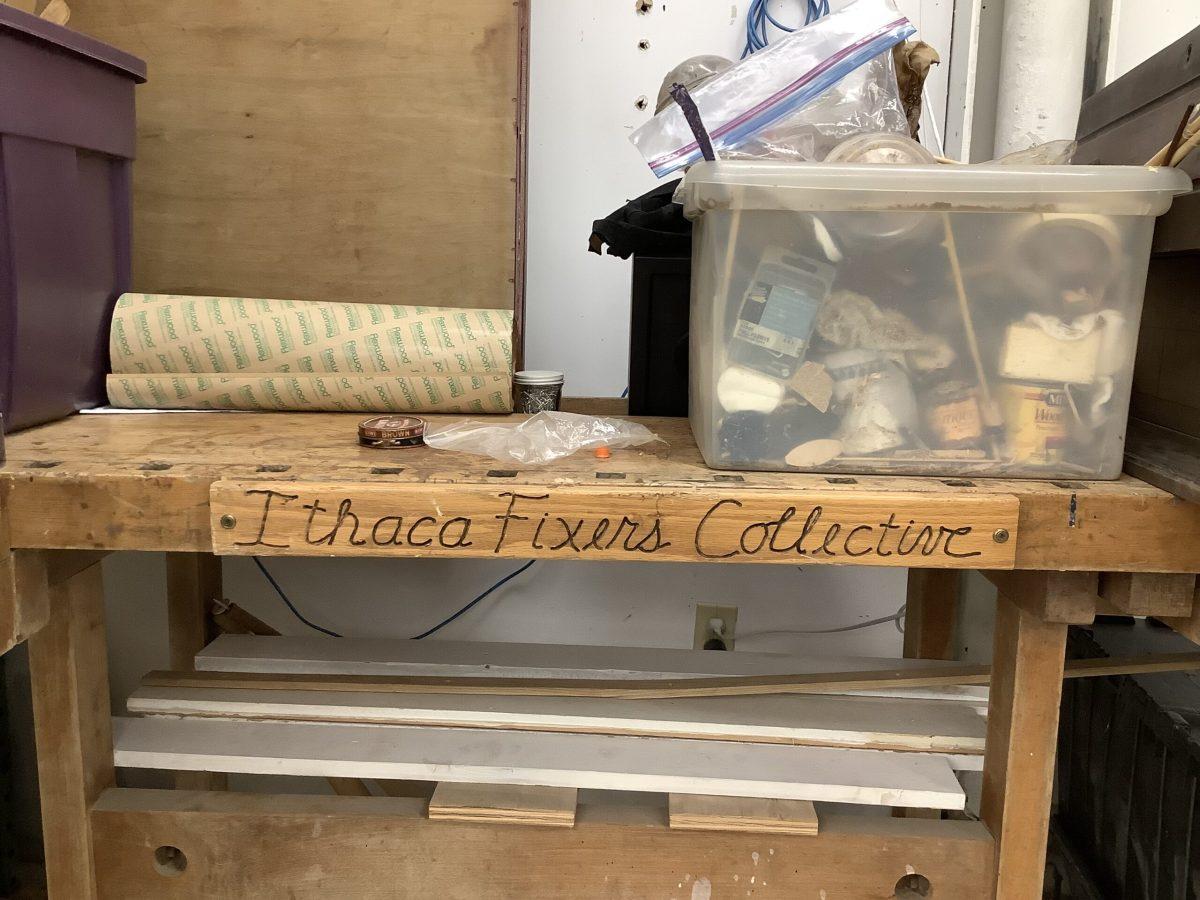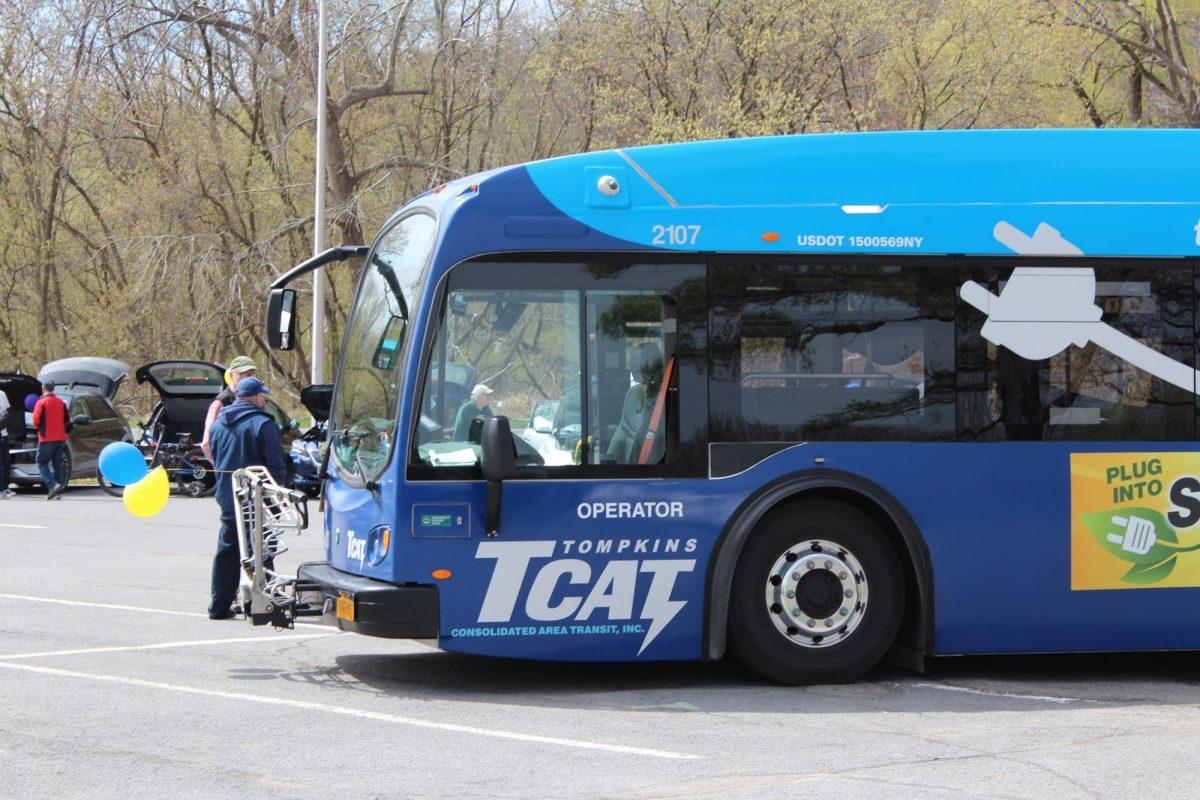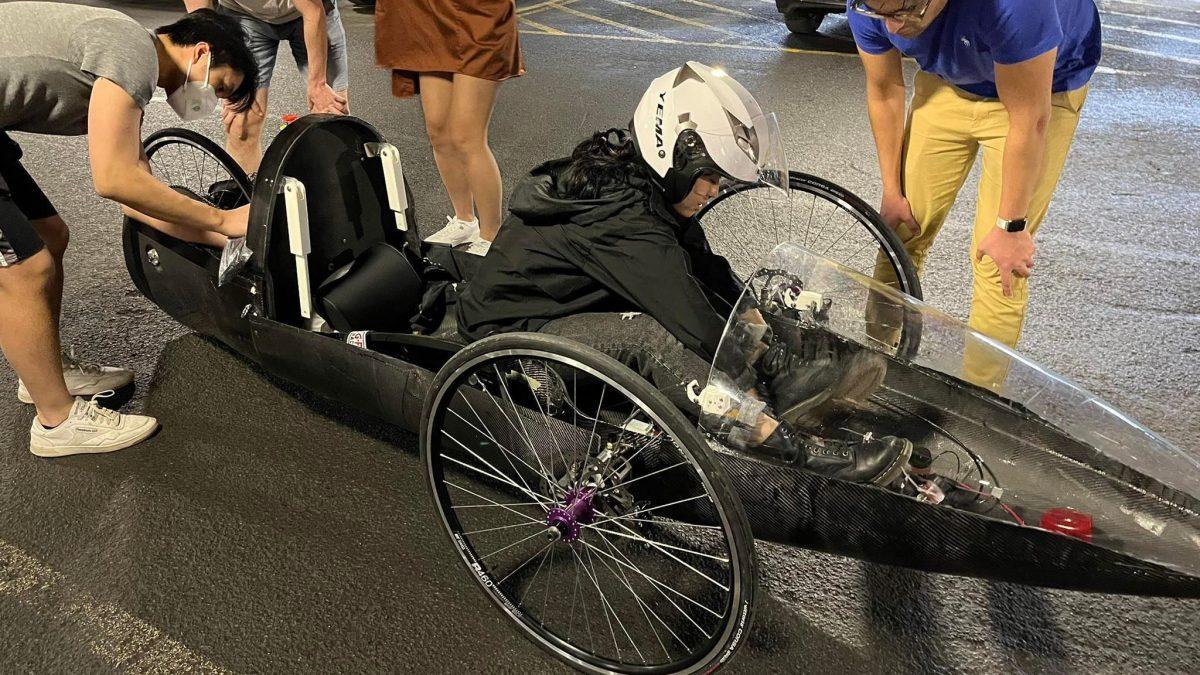Key Points –
-
Hobbyist and commercial drone usage is increasing in the U.S. leading to a spike in licensing of operators.
-
The Park School at Ithaca College held its first workshop to help people within the school get their 107 license.

Eight students fill a tiny classroom on the top floor of Ithaca College’s Park School of Communications. This is the third and final day of a weekend long workshop preparing them for one test. Once they leave here, each will take a test to get their 107 license, the technical term for a drone license.
Mitchell Apple leads the class, showing them how to put the propeller blades on properly and going through the extensive menus on each controller. The tiny touch screen menus attached to the larger controller are only the size of an iPhone, but control the camera functions as well as the flight settings of the small aircrafts.
“I’ve spent a lot of time teaching around Rochester, but this is the first time I’ve taught a workshop like this one,” Apple said. He works for Bird’s Eye View, an aerial services company whose services include photography, video, and 3D models.
After the lesson on how to control the drone, the students carry the large cases down to a football field for their first practical lesson. As we’re walking, I ask the group what they plan on using the drones for. Videos and photography seem to be the consensus from the crowd, aerial shots to improve their work. Many students already have drones, but need a license to use the footage they get in professional work or to fly in certain airspaces.
[youtube https://www.youtube.com/watch?v=6JSTGuC_HHY&w=560&h=315]
The Rise of the Drone License

Not all students are as keen on the idea of getting a license to use their drone. Another Ithaca College student, Katie Jones wasn’t planning on needing a license so soon.
“I wasn’t planning on getting [a license] until I was using it for a commercial reason, like in a job,” she said.
With new regulations, being an unlicensed drone operator is becoming more difficult. In August of last year, the FAA began requiring commercial operators to have part 107 licenses in order to use their drones to make money. There are also a number of rules operators have to follow like:
- You must be able to see the drone at all times
- Flying is only allowed during daylight hours
- The drone must remain below 400 feet and can not fly above 100mph
The technology, which was not available to the public until only a few years ago, is on the rise and doesn’t appear to be slowing down anytime soon. According to the FAA, as of last year, nearly 700,000 people had registered a drone with the federal government.

A College’s Response to Soaring Technology
The addition of restricted airspaces locally has also pushed students toward getting their licenses.
In an email sent from the Associate Dean of the Park school last week to members of the communications school at Ithaca College, a new policy was mentioned that will soon limit the use of drones to members of the school who have taken the school sanctioned workshop and gotten the 107 license. This steps toward a policy like this have been made since 2014, and it is reportedly being implemented for safety and privacy.
“Now that they’re implementing the drone policy on campus it makes sense for me to just get it now,” said Jones.

